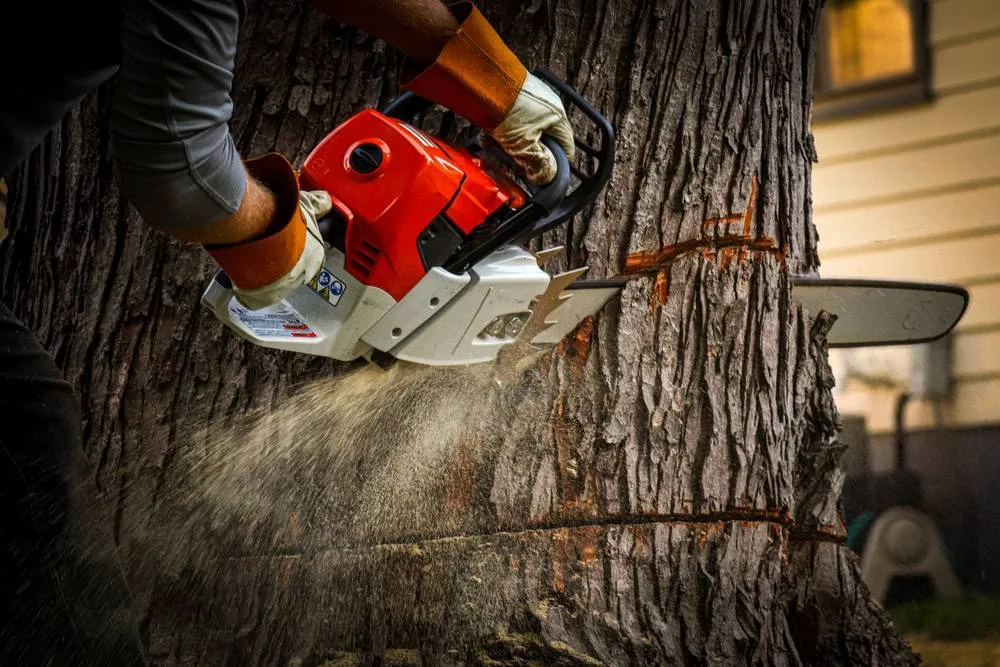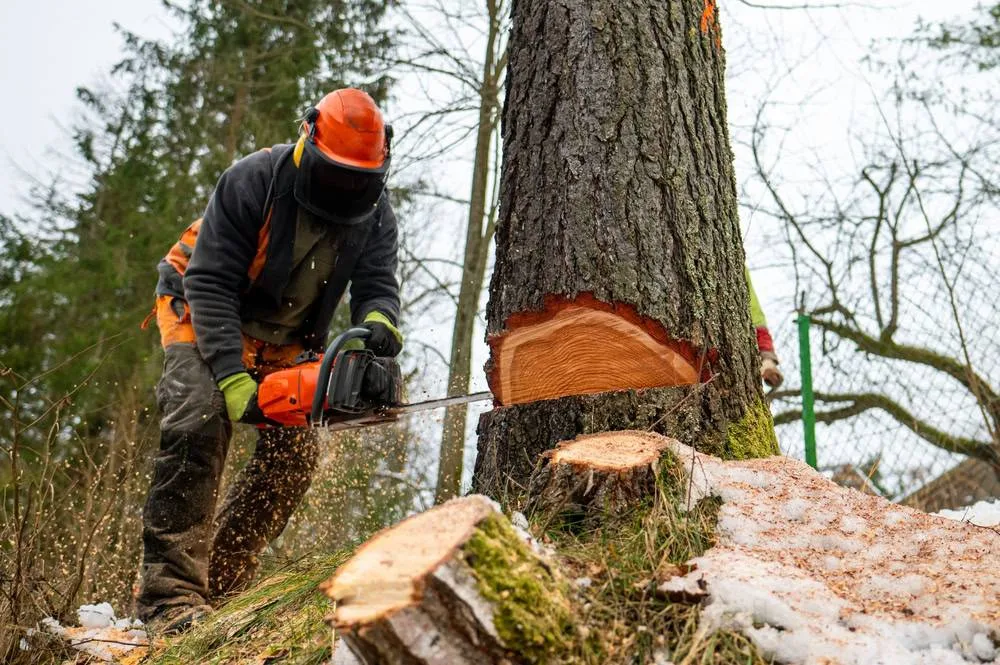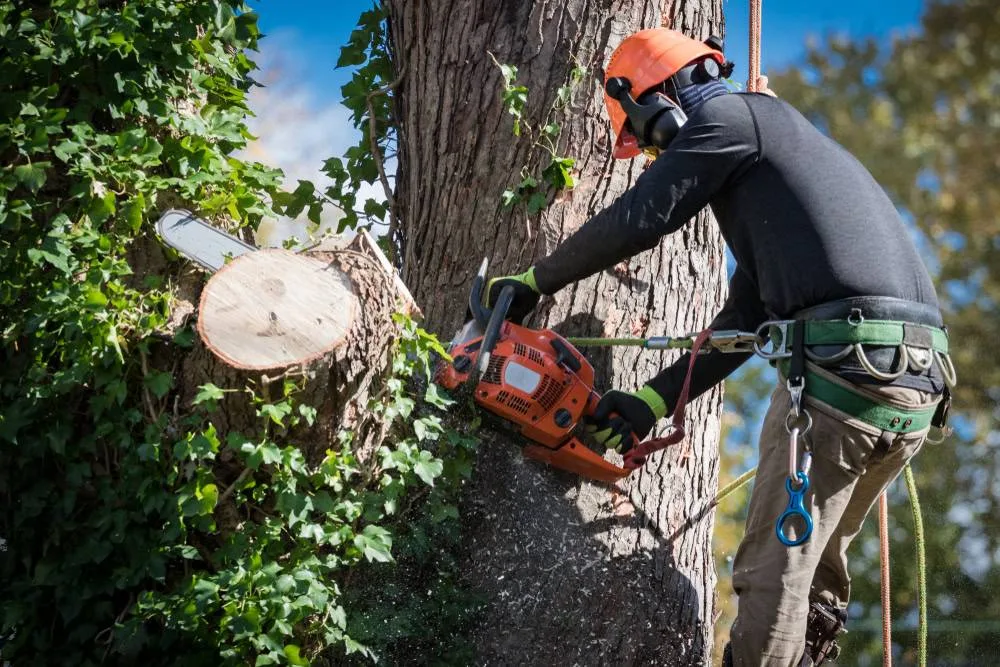Tree Services in New Hyde Park, NY
Safe, Professional Tree Care When You Need It
Expert tree removal, trimming, and emergency response with complete cleanup included.

Hear from Our Customers

Professional Tree Care New Hyde Park
That tree leaning toward your house isn’t going to fix itself. Neither are the overgrown branches scraping your roof or the dead limbs waiting for the next storm to send them crashing down.
When you work with experienced arborists, you get more than just tree removal or trimming. You get a property that’s safer, more valuable, and one less thing to worry about when the weather turns nasty.
Professional tree care means knowing which branches to cut, when to cut them, and how to do it without damaging your lawn, your driveway, or your neighbor’s fence. It means having the right equipment to handle jobs safely and the experience to spot problems before they become emergencies.
Tree Company New Hyde Park
Green Light Tree Services has been handling Long Island’s tree care needs for years. We know the local tree species, understand how nor’easters affect different types of trees, and have seen what happens when homeowners wait too long to address obvious problems.
Our crew is licensed, insured, and equipped with professional-grade tools that make the difference between a job done right and a job that creates new problems. We’ve built our reputation in New Hyde Park and surrounding communities by showing up when we say we will and leaving properties cleaner than we found them.

Tree Service Process New Hyde Park
The process starts with an assessment of what actually needs to be done. Not every tree problem requires removal, and not every “emergency” is actually urgent. A qualified arborist can tell the difference and will explain what you’re looking at in plain terms.
Once the scope is clear, the work gets scheduled around your availability. Our crew arrives with the right equipment for the specific job, whether that’s precision pruning around power lines or complete removal of a storm-damaged tree.
Safety protocols are followed throughout the work, protecting both our crew and your property. All debris gets cleaned up and removed as part of the service. You’re left with a safer property and no mess to deal with.

Ready to get started?
Tree Maintenance New Hyde Park
Emergency tree removal handles the urgent situations – storm damage, trees threatening structures, or hazardous limbs that can’t wait. Response time matters when you’re dealing with safety issues or blocked driveways.
Routine tree trimming and pruning keep healthy trees in good shape and prevent many emergency situations from developing. Proper timing and technique make the difference between helping a tree thrive and creating stress that leads to disease or structural problems.
Tree health assessments identify issues before they become expensive problems. Dead or diseased trees, pest infestations, and structural weaknesses are easier and cheaper to address when caught early. Complete stump removal eliminates trip hazards and frees up yard space for other uses.
